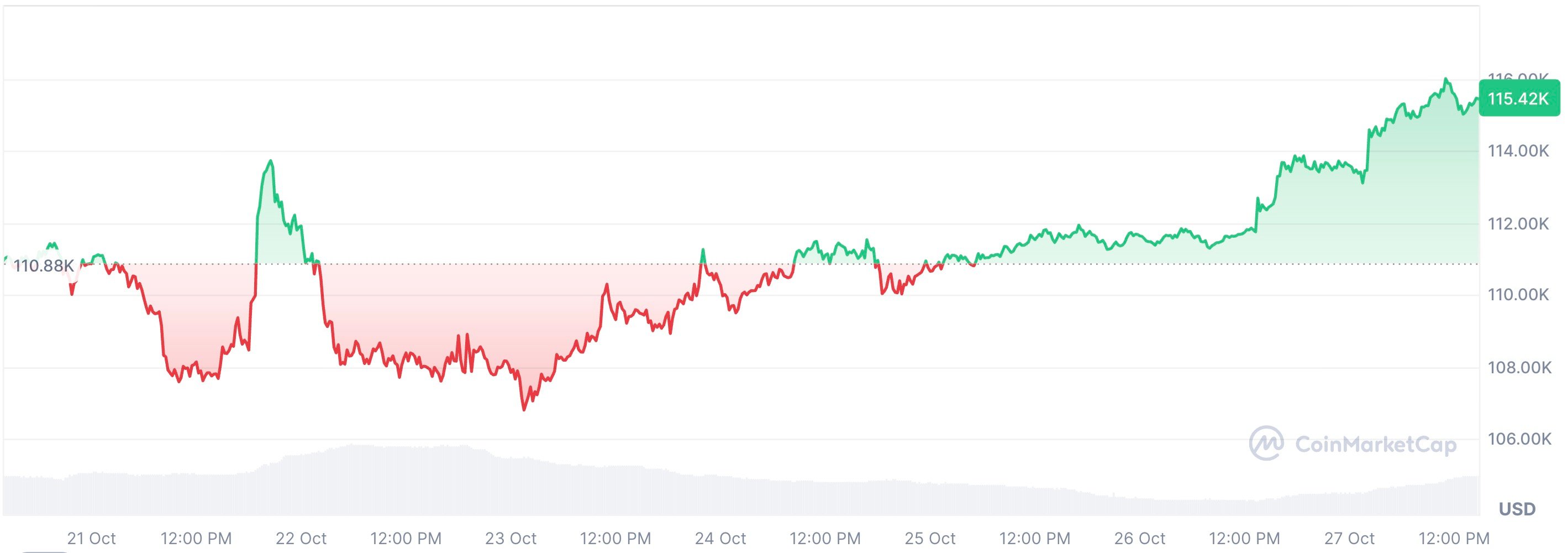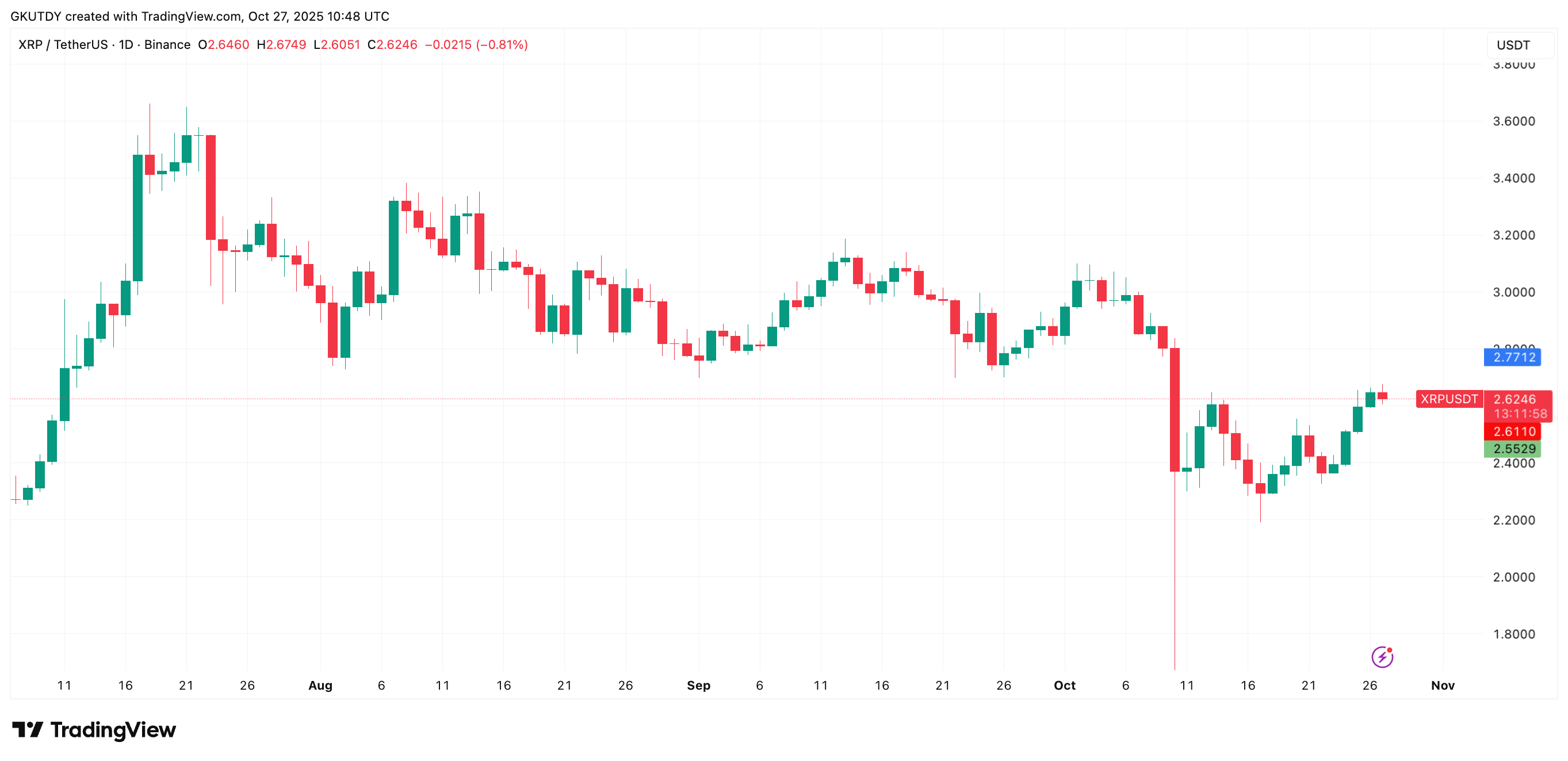The Madras High Court in India has recognized cryptocurrency as property, granting XRP holders legal protection in a landmark ruling against WazirX exchange. This decision prevents redistribution of customer funds from a hack and sets a precedent for crypto ownership rights in the country.
-
XRP gains first legal recognition in India as property, blocking WazirX from socializing hack losses.
-
Mt. Gox Bitcoin repayments delayed to 2026, keeping $15 billion in BTC locked amid ongoing creditor issues.
-
China’s central bank warns stablecoins threaten financial stability and sovereignty, reinforcing strict crypto bans.
Discover the latest crypto developments: XRP’s legal win in India, Mt. Gox delays, and China’s crypto crackdown. Stay informed on market impacts and trading insights for October 2025. Read now for expert analysis.
What is the legal status of XRP in India following the recent court ruling?
XRP legal recognition in India marks a pivotal moment as the Madras High Court declared cryptocurrency a form of property capable of possession. In a case involving 3,532 XRP tokens valued at around $9,400, the court rejected WazirX’s plan to redistribute customer funds to cover a $230 million hack. This ruling establishes that digital assets like XRP are legally protected, enabling holders to seek arbitration and remedies under Indian law.
This decision not only safeguards individual investments but also signals a shift toward clearer regulations, potentially boosting investor confidence in the region’s burgeoning crypto market.
How does the Mt. Gox repayment delay affect Bitcoin holders?
The Mt. Gox trustee has extended Bitcoin repayment deadlines to October 2026, citing procedural and technical challenges in creditor verifications. This postponement affects over 140,000 BTC, currently valued at more than $15 billion, leaving thousands of creditors in prolonged uncertainty after more than a decade since the 2014 hack. According to court documents from Tokyo, the delay avoids immediate market disruptions but sustains the overhang of potential future sales.
Market analysts note that while short-term sell-off pressures are alleviated, the extended timeline could dampen sentiment among Bitcoin holders awaiting distributions. Bitcoin’s price, hovering around $115,300, reflects cautious trading as investors weigh this news against broader economic indicators. Data from recent liquidations shows $177.9 million in long positions wiped out in a single day, underscoring the volatility tied to such events.

Bitcoin Price by CoinMarketCap
The cryptocurrency market, already facing thin volumes and a slump as October 2025 concludes, sees Bitcoin confined between $111,000 and $115,000. This range-bound action follows $470 million in total liquidations, with Ethereum struggling below $4,000 and altcoins lacking momentum. Traders are eyeing upcoming macroeconomic events, including the Federal Reserve’s decision, Chair Jerome Powell’s remarks, and earnings reports from tech giants like Microsoft, Google, Meta, Apple, and Amazon, representing $15.2 trillion in market capitalization.
In parallel, China’s People’s Bank governor has renewed warnings against stablecoins, labeling them as systemic risks that exploit regulatory gaps and erode monetary sovereignty, particularly in developing economies. This stance aligns with Beijing’s long-standing prohibition on crypto activities, even as Bitcoin has appreciated 13% against the Chinese yuan this year, serving as an informal hedge for those circumventing restrictions.

XRP/USD by TradingView
For XRP, trading at approximately $2.61, the Indian ruling provides a sentiment lift amid broader market weakness. Technical indicators show resistance at $2.80, and sustained legal clarity could drive regional adoption, pushing prices higher.
Frequently Asked Questions
What does the Madras High Court ruling mean for crypto investors in India?
The ruling affirms that cryptocurrencies like XRP are property under Indian law, protecting holders from unauthorized fund redistribution by exchanges. It mandates safeguards such as bank guarantees for affected accounts, offering legal recourse and potentially encouraging more institutional participation in the $230 million hack-impacted ecosystem.
Will the Mt. Gox delay lead to a Bitcoin price crash in 2025?
The one-year extension to 2026 reduces immediate sell-off risks, allowing markets to absorb other catalysts like Fed policies. Bitcoin’s current stability around $115,000 suggests traders are prioritizing macro events over the delay, though long-term distribution volumes remain a monitored factor for potential downside pressure.
Key Takeaways
- Legal Precedent for XRP in India: The court’s property classification empowers crypto holders with enforceable rights, potentially increasing adoption in a market long awaiting regulatory clarity.
- Mt. Gox Extension Eases Pressure: Delaying $15 billion in BTC repayments avoids near-term dumps, giving Bitcoin room to navigate upcoming economic data without added volatility.
- China’s Stablecoin Warnings: Renewed emphasis on risks highlights global regulatory divides, advising traders to watch enforcement actions impacting Asian liquidity flows.
Conclusion
As XRP legal recognition in India paves the way for stronger asset protections and Mt. Gox’s Bitcoin repayment delays to 2026 alleviate short-term market fears, the crypto landscape in October 2025 remains shaped by regulatory contrasts, including China’s firm anti-crypto position on stablecoins. These developments underscore the need for vigilant trading amid macroeconomic shifts. Investors should monitor Federal Reserve outcomes and tech earnings for directional cues, positioning for potential breakouts as the year closes.
